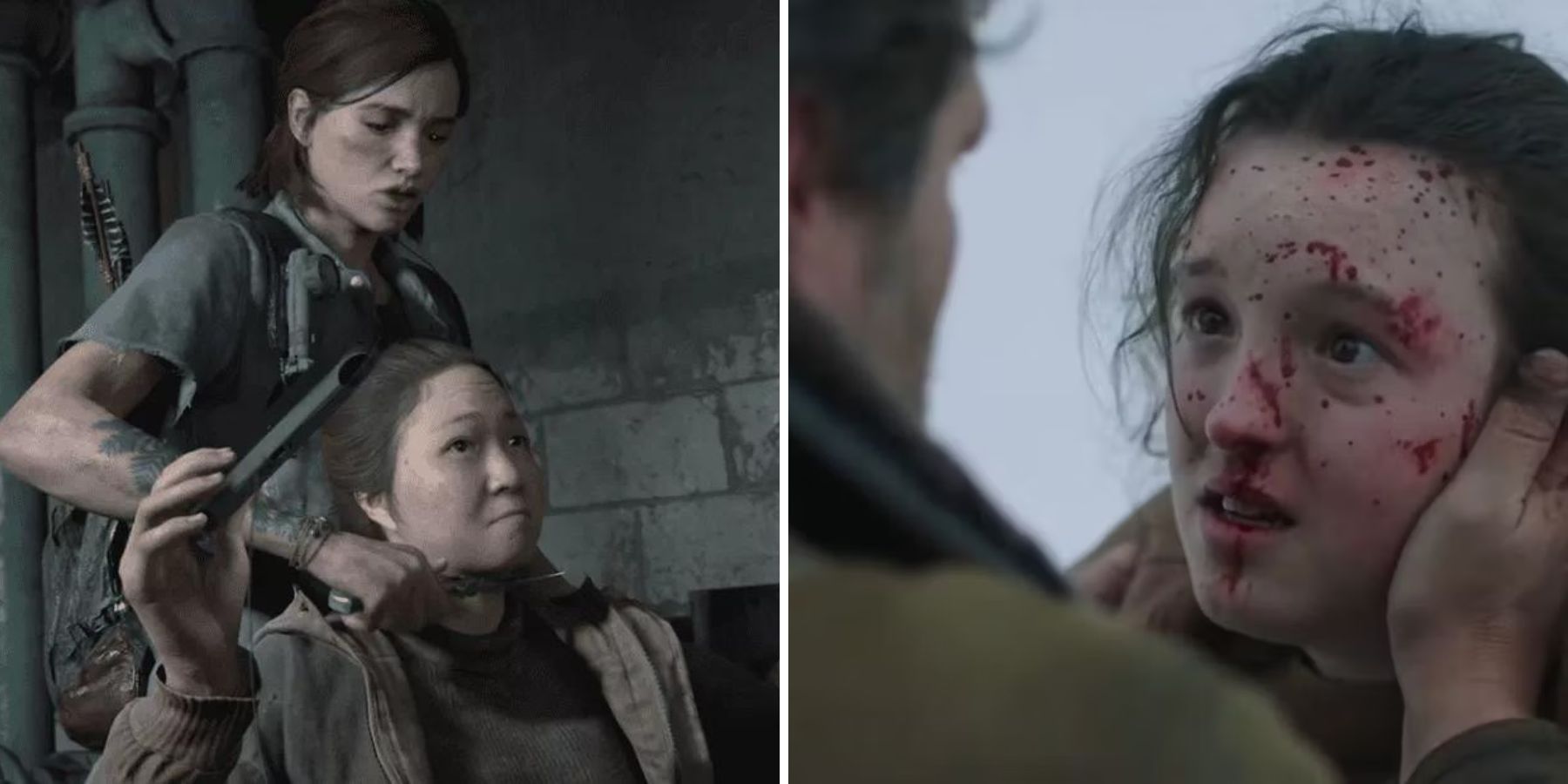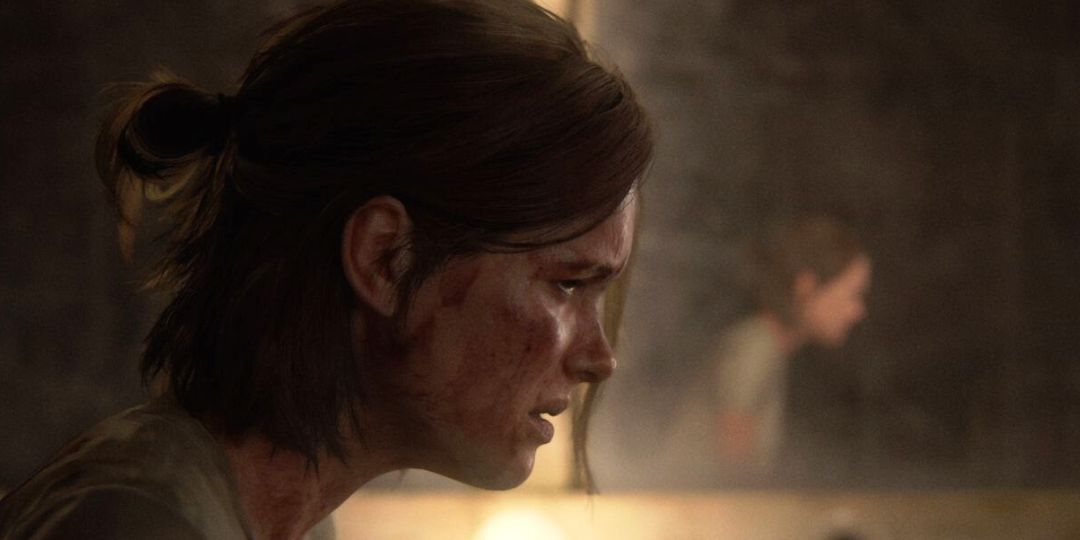HBO’s first season of The Last of Us was a hit both critically and commercially. It wasn’t perfect, but there’s no question that HBO made the best video game adaptation in quite a while. With season 2 already confirmed, HBO will have the tall task of adapting The Last of Us Part 2 into TV, attempting to avoid the same backlash that the game received when it debuted.
Where the HBO show set itself apart was the way it was able to expand on the story from the original game. Bill and Frank got a romantic and tragic backstory, and Henry and Sam’s escape gained new perspective with the addition of Kathleen and her group that overthrew FEDRA. One of the best additions in HBO’s The Last of Us was the subtle ways the show set up Ellie’s violent, character-changing portrayal in Part 2, hopefully making the shift more palatable to fans of the show.
Ellie’s Violent Moments Set Her Up for Season 2
Many fans of the games were unhappy with the direction Ellie went in The Last of Us Part 2, turning her into an ultra-violent killer, similar to Joel in the first game, feeling it was a dramatic change from her depiction in the original entry. However, in a dangerous post-apocalyptic world, it’s hard to imagine someone who went through all of Ellie’s trauma would have any other response.
Regardless, HBO's The Last of Us made the conscious decision to weave in small hints of Ellie’s violent future as early as episode three when she stumbled upon a trapped infected in the basement of a convenience store. Rather than immediately killing it or calling for help, she simply studies it for a while before slicing it open with her knife, watching it bleed.
The change is really encapsulated by what happened in the eighth episode of the series. With Ellie captured by David and his group of unsuspecting cannibals, Ellie was backed into a corner and fearful of being eaten or abused. When she finally managed to escape, David and Ellie’s climactic fight ends with her repeatedly stabbing David well past the point of his death. While no one would question Ellie’s actions given David’s violent and predatory actions, it did show how brutal Ellie can be when she needs to be, taking things even further than she did in the game.
It’s also much more clear in the show how damaged Ellie is from this series of events. While she’s not quite herself in the game, HBO went out of its way to show how hard of a time she was having after the trauma. There’s a brief respite when she discovers the escaped giraffes, but she never really recovered her childlike joy. Whereas in the game, Ellie is quieter at first, but eventually gets back into her usual pun-telling self as she and Joel try to find their way to the hospital.
There are some logistical reasons why the show was able to take this path while the game wasn’t. To start, when The Last of Us was first made, it was meant to be a one-off game without any sequels. The show was created with a full picture of the story in place, allowing them to better foreshadow Ellie’s future. Instead, Part 2 was left to semi-retcon something for the sake of a better narrative. Additionally, the game still has to include the filler dialogue between Joel and Ellie as the player explores the map, while the show can skip over this and jump right into the hospital scenes.
It remains to be seen if season two will face the same backlash as The Last of Us Part 2, however, the show will have the benefit of knowing players’ response to the second game. Between HBO foreshadowing Ellie’s future and making Joel a bit frailer, the creators certainly hope the twists of season two will be better received by fans.
The Last of Us Part 1 is available on PC and PS5.


